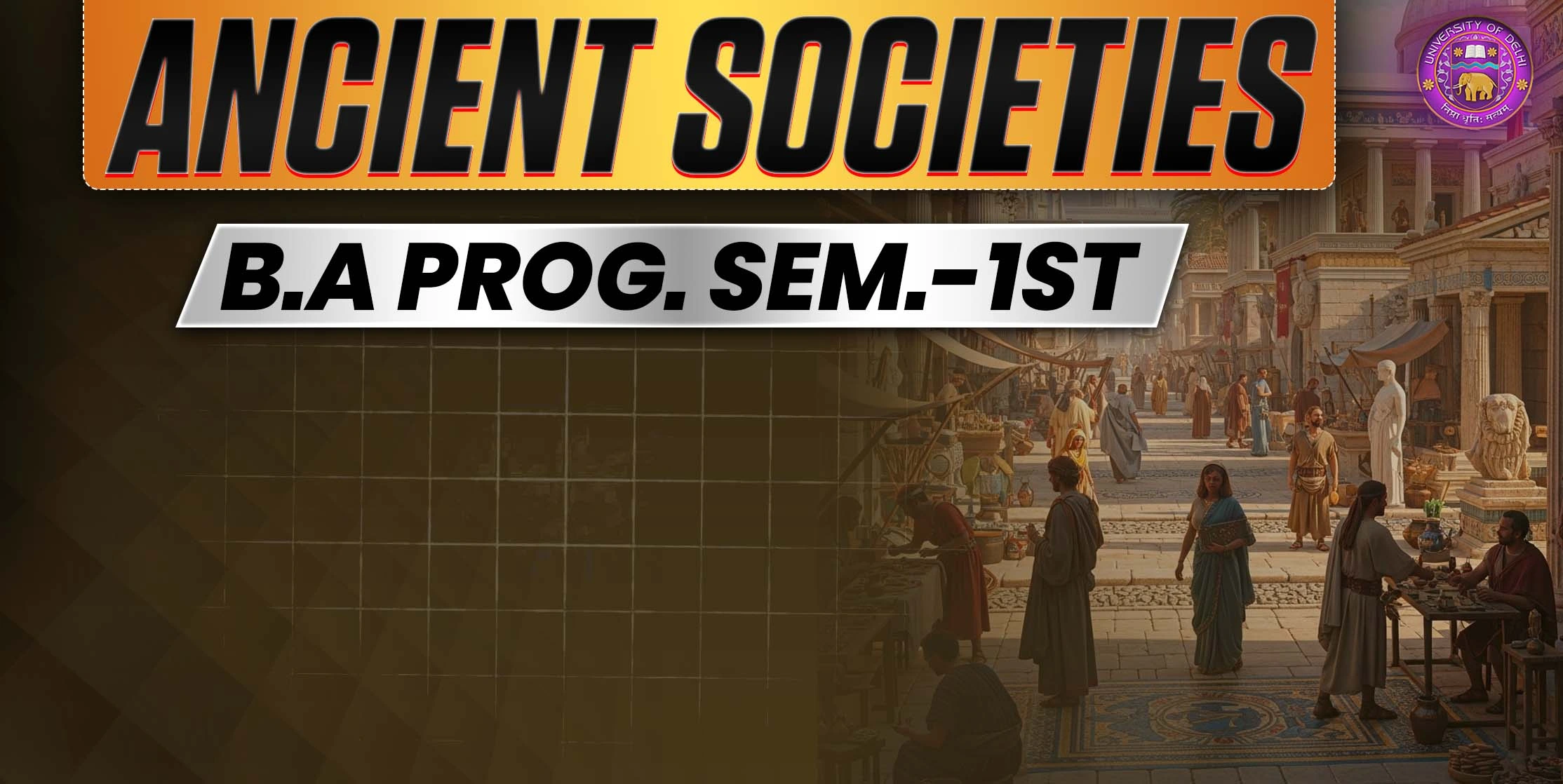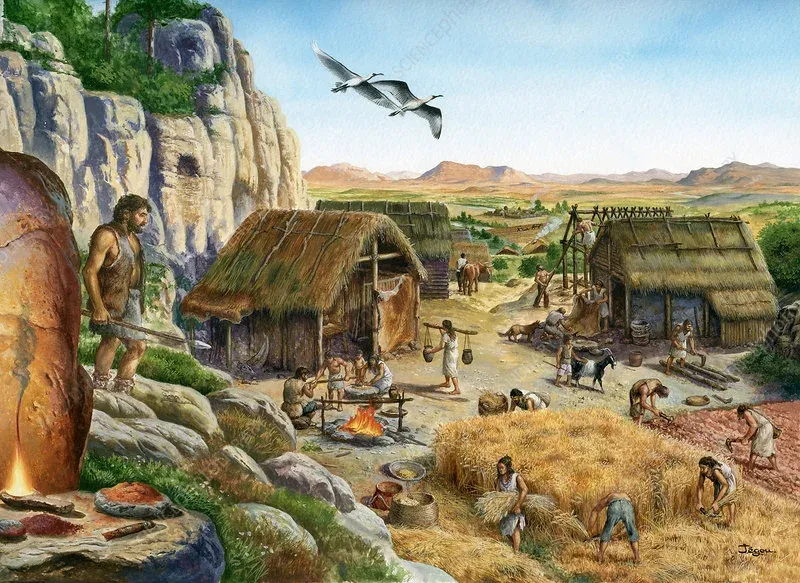
Get in Touch
We will get back to you within 24 hours.
Welcome to MVS Blog

Answer - Introduction
Urban revolution refers to the historic transition of small agricultural societies into large urban societies. It was coined by Australian archaeologist V. Gordon Childe in his 1936 book Man Makes Himself.
Arguably the most important contribution of archeology to scientific study is the documentation of sociocultural evolution. V. Gordon Childe was renowned as the most important archaeologist of the 20th Century because of his description of the Neolithic revolution and urban revolution. For the first time, a social model was developed to interpret the past, shedding light on the transformation of our species socially, not biologically
Childe coined both the terms “Neolithic Revolution” and “Urban Revolution” which each represent key landmarks in our species. The first describes the change from hunter-gathering to localised agriculture, an important differentiator of our species. The surplus of produce in turn leads to the freedom of time and specialisation that eventually created the first proto-cities. In turn, cities enable the socially complex engines of commerce, innovation, art and change.
Concept of urban revolution
The Urban Revolution, completely transformed social institutions and practices. The first cities came into being during this phase, alongside an expansion in economic activities, growing social stratification and coming up of new institutions of governance and rule. For Childe, cities were not the only component due to which these complex societies came into existence. However, they were definitely the most important one. The earliest cities and states arose in the regions of Mesopotamia, Egypt, China, India, Mesoamerica and the Andes. Interestingly, they evolved out of much simpler societies, with little or no external influence
Requirements:
Childe’s model is often erroneously described as a checklist for distinguishing cities from other settlements, but in fact it is a broader sociological schema for the advancement of a society to a higher form of civilisation. Therefore, it is useful to consider it for:
Mechanics:
The list below is an augmented set of points from Childe’s original 1950 paper. They have been reordered and grouped. The principal theme underlying it is the evidence of a resource surplus which leads to social transformation:
Physical:
Economic:
Intellectual:
Limits:

Conclusion
The urban revolution ushered in a new era of population growth, complex urban development, and the development of such institutions as the bureaucratic state, warfare, architecture, and writing
0 Response